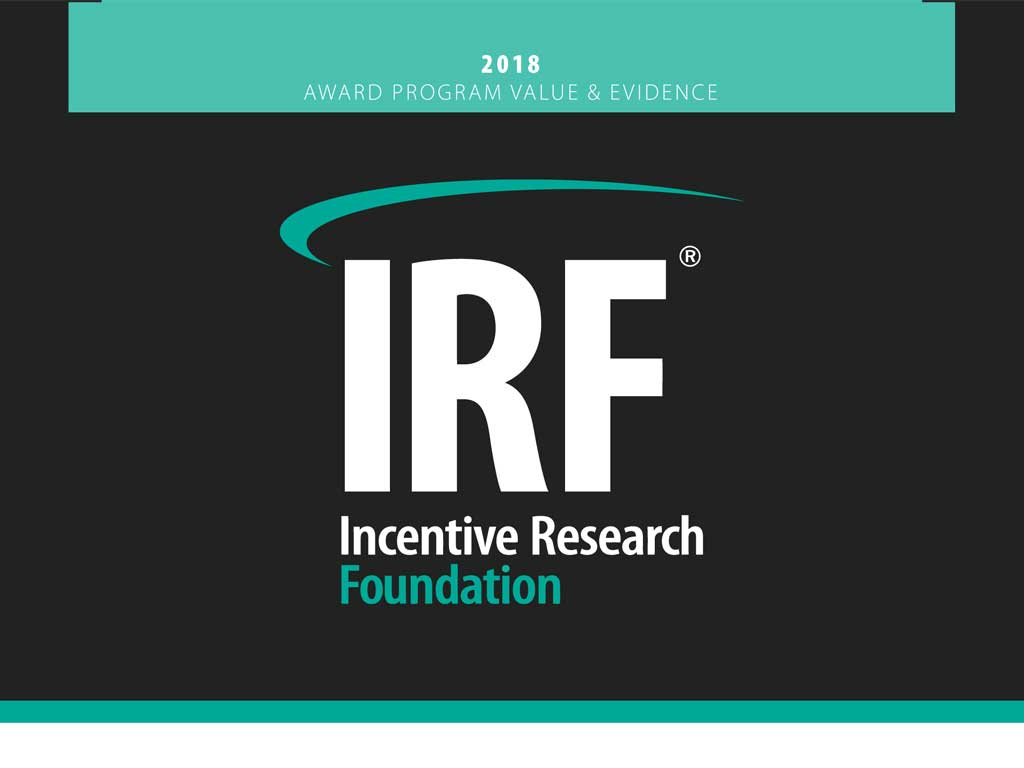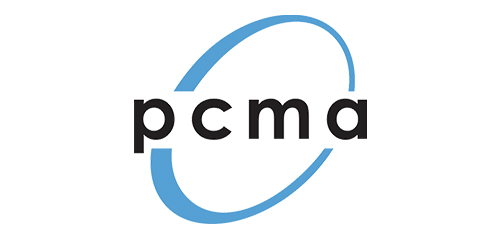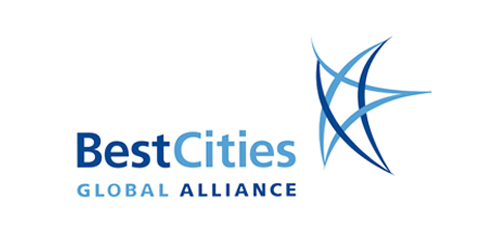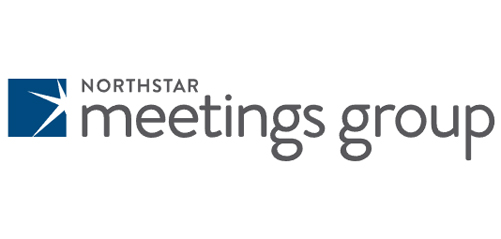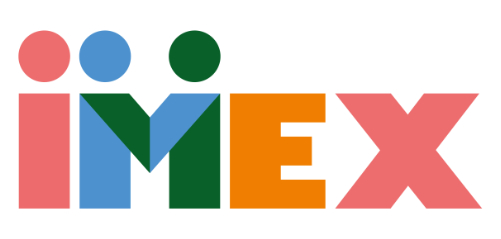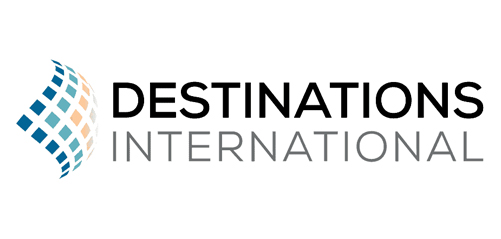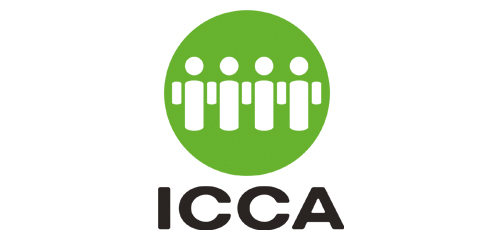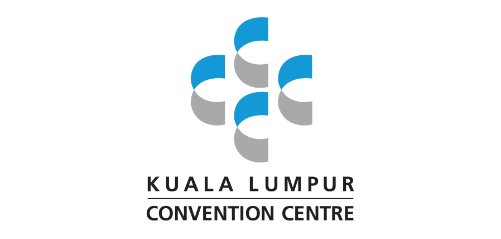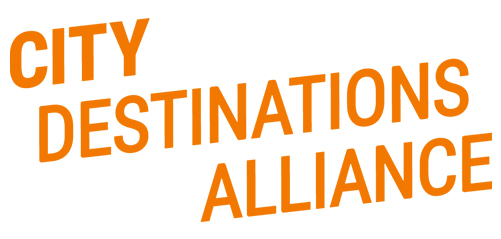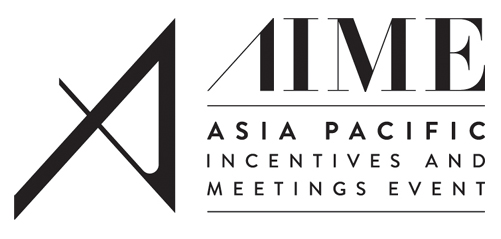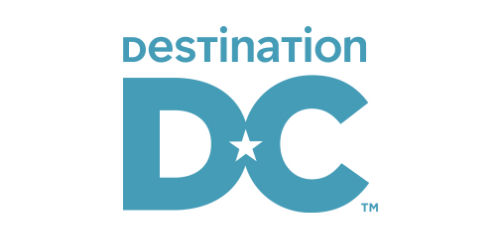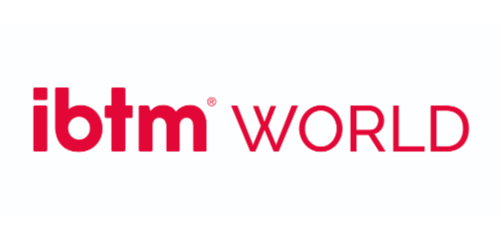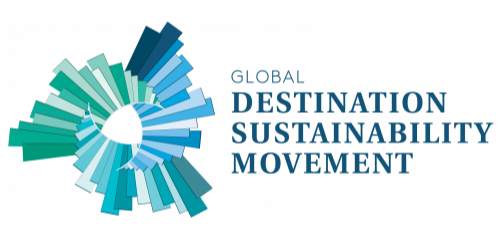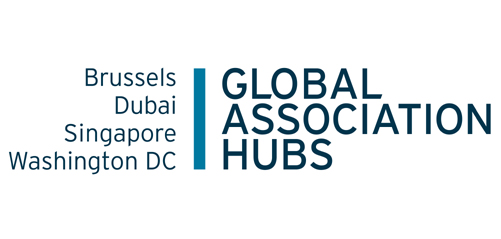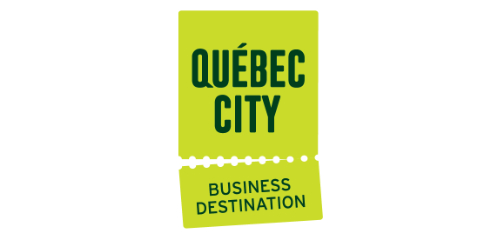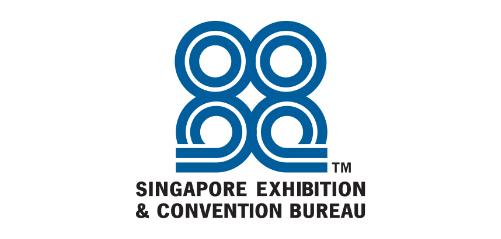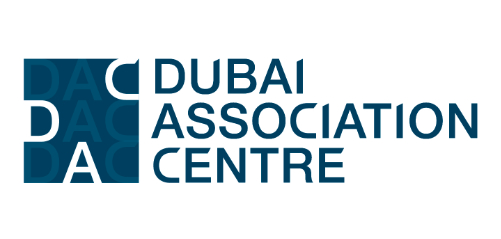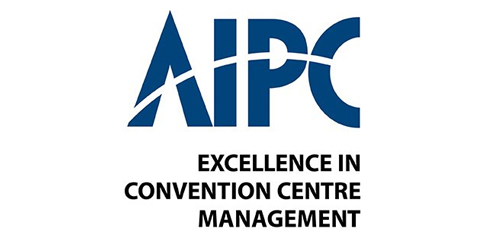Most leaders expect their investments in incentive, reward and recognition (IRR) programs to drive more sales, increase revenue, result in a larger share of the market, or produce some other return on investment. Leaders may also seek measurable improvements in production costs, product quality, reduced accidents and down-time, lower attrition and absenteeism, and increased engagement, amongst other outcomes.
There is little debate as to whether rewards work to promote productivity. A large body of academic literature demonstrates the positive relationship between compensation (including rewards) and performance. A meta-analysis of extensive research revealed how the presence of reward programs resulted in an average 22 percent gain in performance (as compared to organizations offering no reward program). For programs in place longer than six months, average performance gains leapt to 44 percent for individually-based rewards, and to 48 percent for team-based rewards (Condly, Clark, & Stolovitch, 2003). There is growing academic evidence that investments in non-cash rewards can elicit equal levels of performance for less cost than cash.
The study was sponsored by Incentive.
IRF 2018 Award Program Value and Evidence White Paper (IRF website version)

